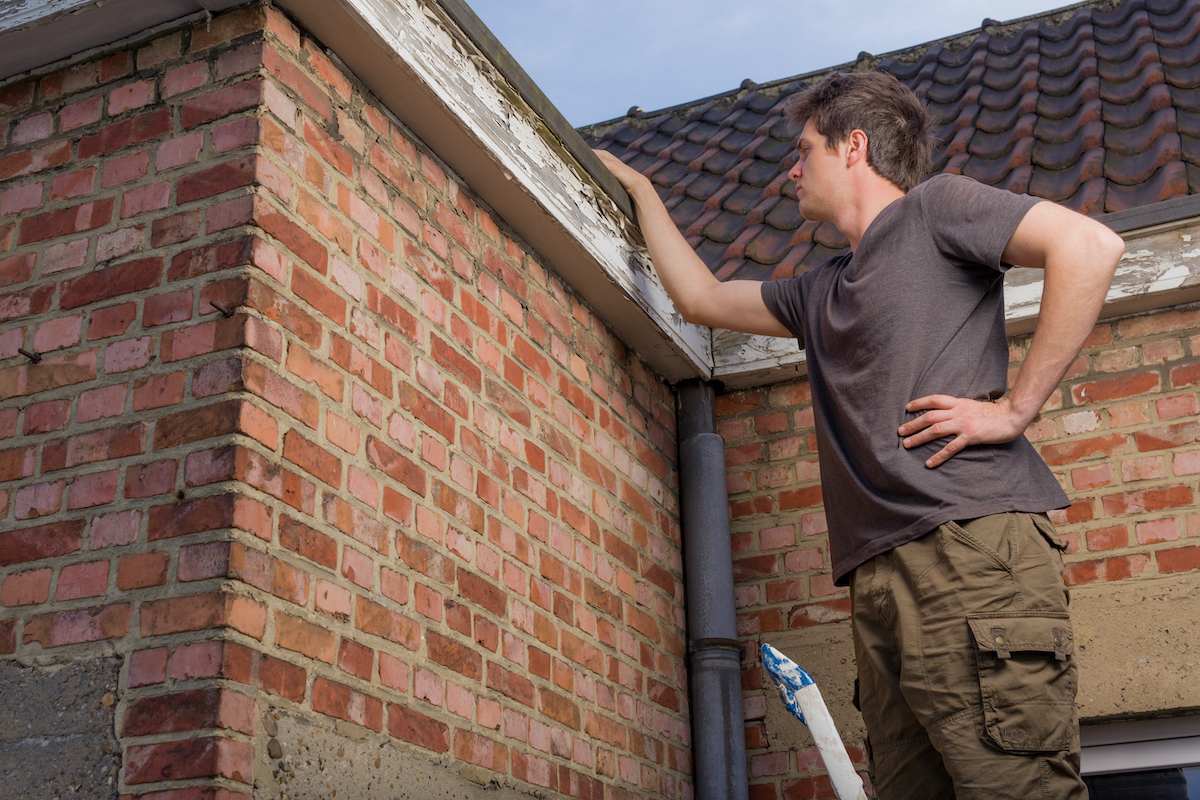“I think I need a new roof.”
“Why do you think that?”
“It’s getting older. A few shingles are curling. And I noticed a small leak after the last storm.”
“Got it. So the question isn’t whether something needs to be done—it’s whether you need repairs, a replacement, or a wider plan.”
That’s the beginning of a conversation more homeowners should be having—not just with contractors, but with themselves.
Roofing isn’t always about immediate damage. Often, it’s about timing, system awareness, and knowing what’s happening beyond the shingles. And sometimes, the roof isn’t the root issue at all.
Defining the Real Problem
Leaks. Drafts. Dark spots on ceilings. They all point to roof issues—or so it seems. But dig a little deeper and you might find the source isn’t the surface at all.
It could be clogged gutters. It could be siding failure. It might even be internal condensation from poor attic ventilation. That’s why understanding the interconnected roles of roofing, siding, and drainage is crucial. When one breaks down, the others often feel the effect.
Instead of jumping to a full roof replacement, it’s smarter to assess surrounding systems. This prevents wasteful upgrades and leads to better long-term solutions.
Short-Term Repairs vs. Long-Term Protection
The term “roof repairs” gets tossed around a lot, often as a quick fix. And sometimes, that’s exactly what’s needed. But there’s a key question behind every repair request: will this buy time or peace of mind?
Short-term repairs address symptoms. They patch what’s visible. Long-term protection, on the other hand, looks at the full picture: underlayment integrity, moisture migration, ventilation, and drainage.
If repairs keep coming up, it’s not bad luck—it’s likely a sign of bigger stress in the system. A full inspection that includes siding, flashing, and gutter function will paint a clearer picture.
“When Was the Last Time the Gutters Were Cleared?”
That question often brings a pause. Gutters are out of sight and out of mind—until something goes wrong.
Water backup at the eaves can cause rot in fascia boards, destroy the seal at roof edges, or overflow down siding, inviting mold or algae growth. What looks like a roof leak could actually be a drainage problem in disguise.
Investing in proper siding and gutter installation during or before roofing work isn’t an upsell—it’s common sense. It ensures your roof can do its job without being undermined by a failing support system.
The Metal Roofing Question
“Is metal roofing worth the upgrade?”
It’s a fair question. For some homeowners, it feels excessive—especially if their current roof hasn’t failed entirely. But the value of metal lies not just in durability, but predictability.
With a lifespan of 40 to 70 years and superior weather resistance, metal roofs are ideal for homeowners planning to stay long-term—or those who simply want to stop worrying about roof work every 15 years.
Metal roofing also integrates well with preventative maintenance programs. Minimal upkeep, consistent performance, and better resistance to environmental threats make it a practical upgrade—especially in regions prone to storms, snow, or high winds.
Preventative Maintenance: Not Just a Buzzword
If “preventative maintenance programs” sound like just another line item on a service menu, it’s worth reframing them. These are not just inspections—they’re strategies to detect early-stage issues that most homeowners wouldn’t notice.
The goal isn’t to find things to fix—it’s to prevent the need for fixing in the first place. Small seal failures, nail pops, early corrosion, or blocked ventilation—all of these can be corrected affordably when caught early.
For homes with metal roofing, these checkups help preserve coatings and prevent fastener fatigue. For homes with traditional shingles, they guard against mold, warping, and granule loss.
“Is a Full Roof Replacement Always Necessary?”
Not always. But when it is, timing matters.
Waiting too long to replace a roof leads to more expensive repairs—not just to the roof itself, but to insulation, framing, drywall, and even interior belongings.
Conversely, replacing too early wastes valuable years of roof life. That’s why choosing a contractor who understands roofing as part of a broader home envelope system is key.
Emerald Roofing and Siding LLC approaches these decisions with a wide lens. It’s not about what looks old—it’s about what performs poorly, where weaknesses are developing, and how to extend the lifespan of every layer.
Matching Roof Type to Home Needs
Different roofing materials serve different needs. Shingles remain popular due to cost and accessibility. Metal roofing appeals to those looking for energy efficiency and longevity. But no material is one-size-fits-all.
Here’s how to think about it:
- High-slope roofs benefit from fast-draining materials like standing seam metal.
- Low-slope sections may need special underlayment systems or coatings to handle pooled water.
- Homes with heavy tree coverage might do better with metal roofs to avoid mold and moss buildup.
- Sunny regions gain more from reflective metal roofing, reducing interior heat gain and HVAC use.
Choosing a material isn’t just about cost—it’s about fit. And the right fit lowers maintenance and raises peace of mind.
When the Roof Isn’t the First Line of Defense
Sometimes the most important protection isn’t above—it’s on the walls.
Siding guards against wind-driven rain and insulates the home. When it fails, moisture can move laterally into the roof structure. That’s why siding and gutter installation should always be considered when making decisions about roof work.
These systems work together. Reinforce one, and you support them all. Ignore one, and the rest compensate—often to their detriment.
Conclusion: Don’t Replace—Reassess
Too many homeowners look at roofing decisions as one-off emergencies. But they’re opportunities—to pause, reassess, and make a strategic plan.
Whether that means targeted roof repairs, a full upgrade to metal roofing, or investing in a preventative maintenance program, the point is to move from reaction to intention.
Your roof doesn’t exist alone. It’s part of an exterior network that includes siding, gutters, ventilation, and drainage. See the system clearly, and you make better decisions—for now and for the long haul.









